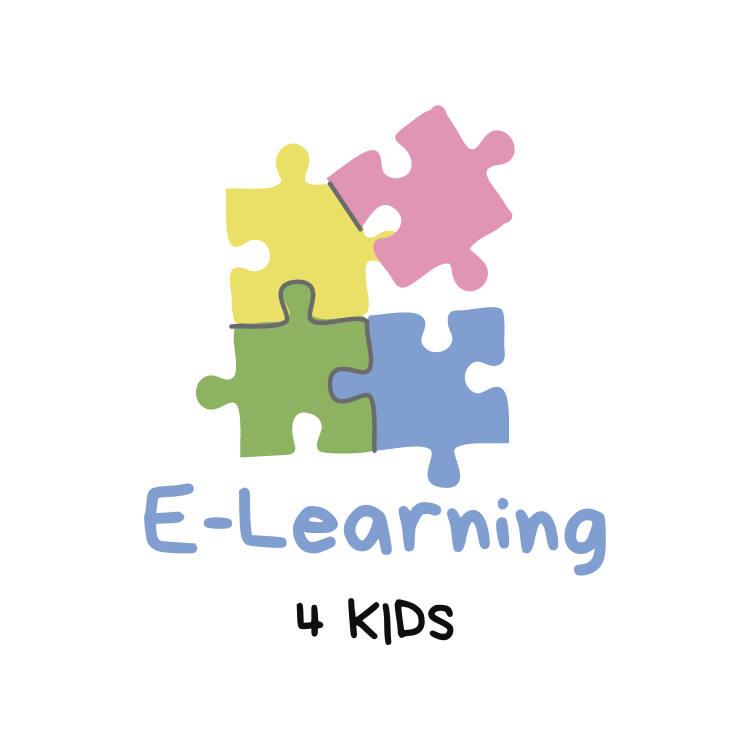Fostering Creativity in the Classroom
Understanding the Importance of Creativity
Creativity is a vital component of elementary education, playing a crucial role in children’s overall development. By fostering creativity in the classroom, educators can enhance students’ problem-solving skills, encourage independent thinking, and promote emotional expression. This blog explores effective strategies to cultivate a creative atmosphere in elementary classrooms, contributing to a holistic educational experience.
Creating a Supportive Environment
To foster creativity in the elementary classroom, teachers must create a supportive and open environment. This involves encouraging students to share their ideas without fear of judgment. Classrooms should be designed to inspire creativity, incorporating various materials that spark imagination. Resources such as craft supplies, books, and technological tools allow students the freedom to express themselves creatively.
Incorporating Creative Activities
Implementing creative activities is essential for nurturing creativity among young learners. Activities like storytelling sessions, art projects, and group brainstorming encourage collaboration and innovative thinking. Furthermore, integrating subjects such as music and drama can stimulate creative exploration. By blending these activities into the curriculum, teachers can inspire students to think outside the box and embrace their unique perspectives.
Encouraging Reflection and Feedback
Finally, regular opportunities for reflection and constructive feedback contribute significantly to fostering creativity. Teachers should encourage students to discuss their creative processes and outcomes, promoting a growth mindset. This practice not only helps students learn from their experiences but also builds their confidence in creative endeavors. By valuing creativity in education, we cultivate a generation of innovative thinkers ready to tackle future challenges.
